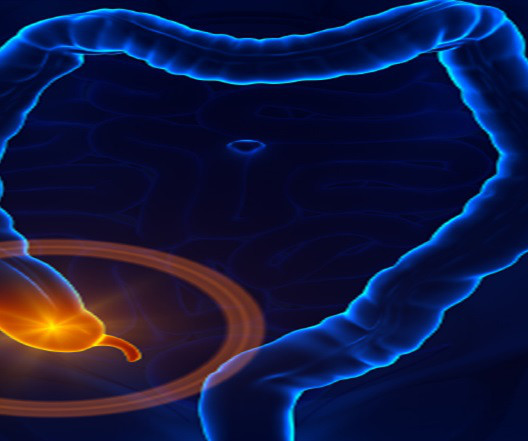ECG Blog #424 — Proportionality and the "Cut Off"
Ken Grauer, MD
APRIL 5, 2024
The ECG in Figure-1 was obtained from a middle-aged woman — who presented with low back pain, shortness of breath and marked hypertension — but no CP ( C hest P ain ). QUESTIONS: In view of this history — How would YOU interpret this ECG? Are the large, peaked T waves ( especially in lead V2 ) — likely to indicate hyperacute deWinter T waves? Figure-1: The initial ECG in today's case.
















Let's personalize your content